Pollination
What is it and why does it occur?
Pollination is the process in which bees transfer pollen grains from the male flower (anther) to the female flower (the stigma).
How exactly does the process occur?
Why does it occur?
For starters, the sole purpose of every living being (plant, animal, human, etc) is to live/survive and to procreate.
Therefore the process of pollination is one which is essential for procreation.
It is essential for the species to continue to thrive and to live in, on order to avoid extinction. It is the form of creating offspring, so that the next generation can thrive and live on.
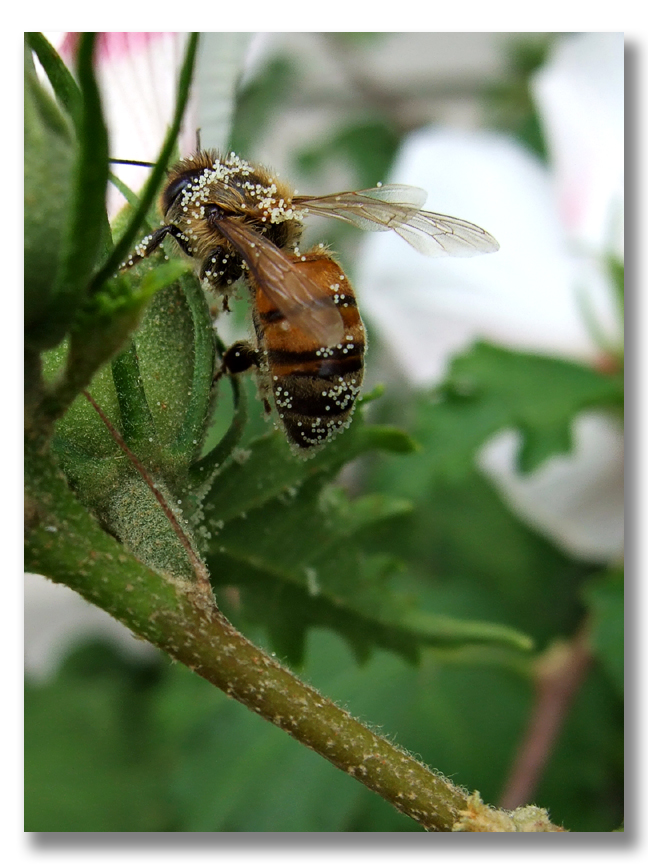
Why is Pollination Essential?
In order for seeds to form (from which plants are grown), the transfer of pollen must occur.
The spread/transfer of pollen within the same species of plants has to occur.
So how does the pollen transfer from the first flower to a neighboring flower?
This is through the use of vectors which remove pollen from one flower to transfer it to another flower. In most instances, bees are those vectors.
When they step onto a flower, the pollen attaches to their feet; from there, they land on a second or neighboring flower, allowing the process of pollination to ensue.
The transfer of pollen can also occur when the wind blows, through birds, insects, or when water is transferred in the form of rain or free flowing water sources.
How Does Fertilization Occur?
Once the transfer of pollen ensues, this is when the fertilization or reproduction phase ensues.
When the transfer of pollen is made from the anther to the stigma, it allows flowers to begin the reproduction process, in which new flowers are going to grow and thrive over time.
For this process, the pollen from the first flower has to be inserted into the stigma of the second flower.
Again, the transfer from the bees, birds, bats, insects, water, etc takes place. At this point, the process of germination ensues.
When the pollen is transferred into the stigma, this allows the second flower to begin the process of reproduction (germinate).
During this process, the flower's tube grows a sticky substance, over the stigma of the flower, so the ovule will form in the plant.
Production of new plants and flowers. The production of seeds, which allows new flowers to grow, which allows fruits to grow, and which allow the plan species to continue to move forward and thrive, once the entire germination process has completed its cycle in the second plant where the pollen has been transferred to.
As is the case with every living species, in order to thrive, to continue to grow, and to produce a second generation, an act has to occur which allows the flowers to procreate over time.
The bees, plants, water, and other sources, are the main factors which will help this process to occur.
When they transfer pollen from one plant to another, pollination ensues, which allows the plant species to thrive and continue to reproduce seeds, for future growth of that particular species.
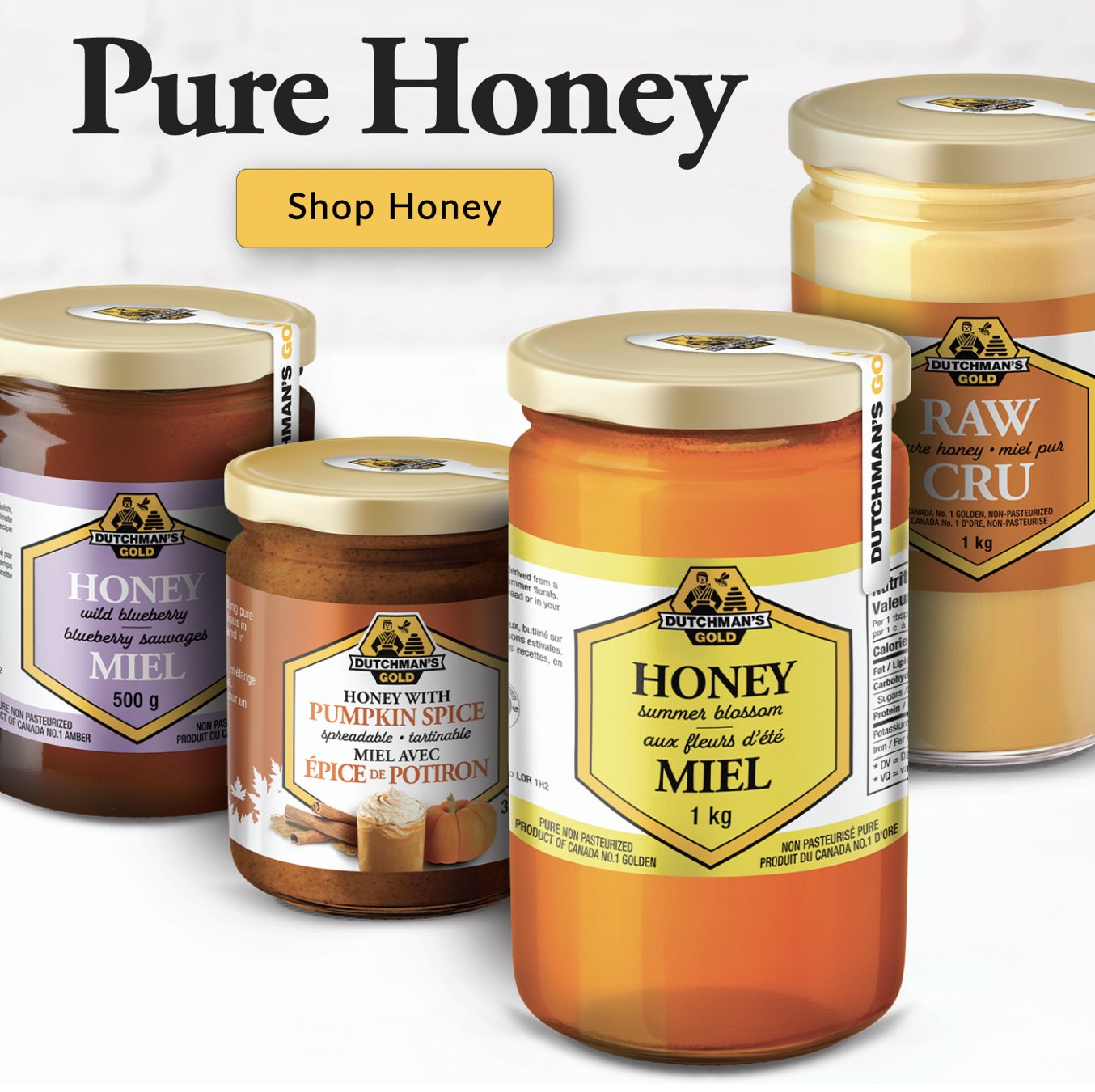
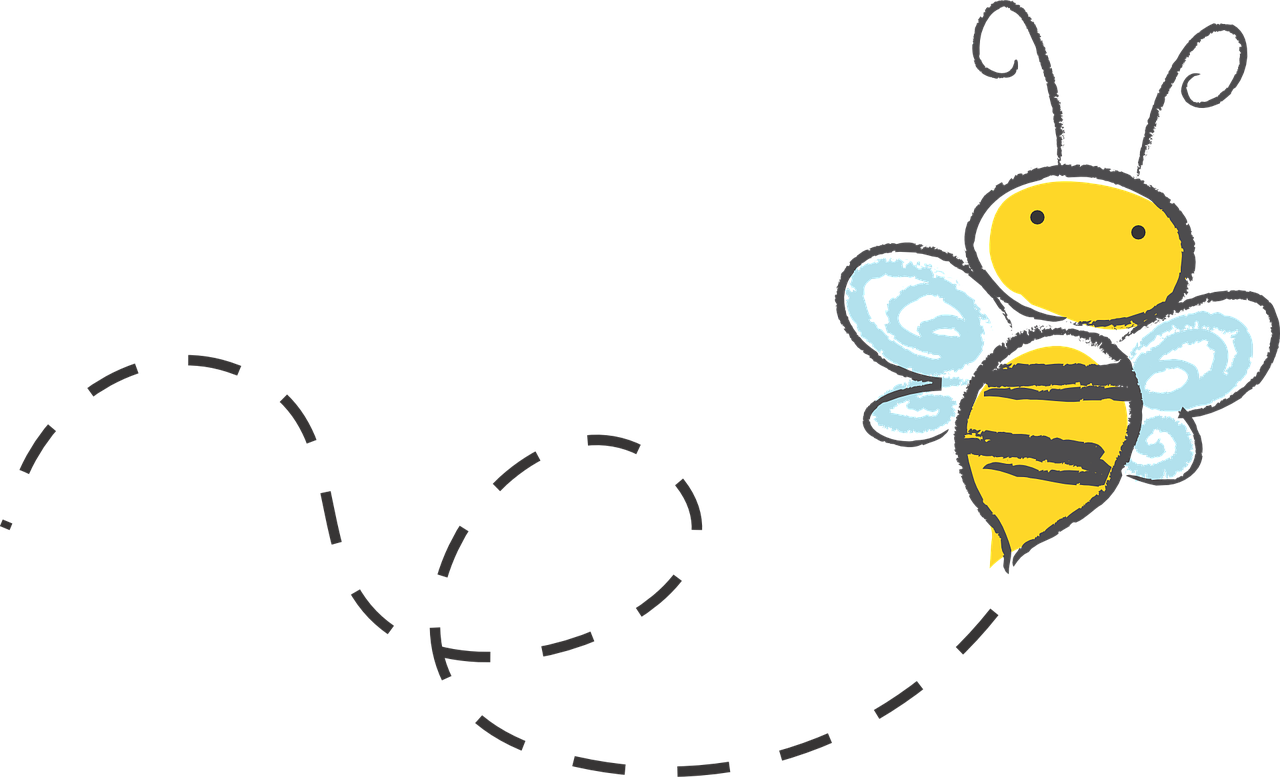
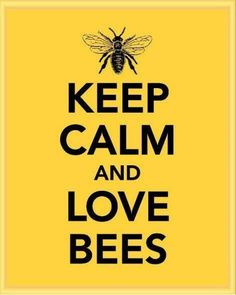
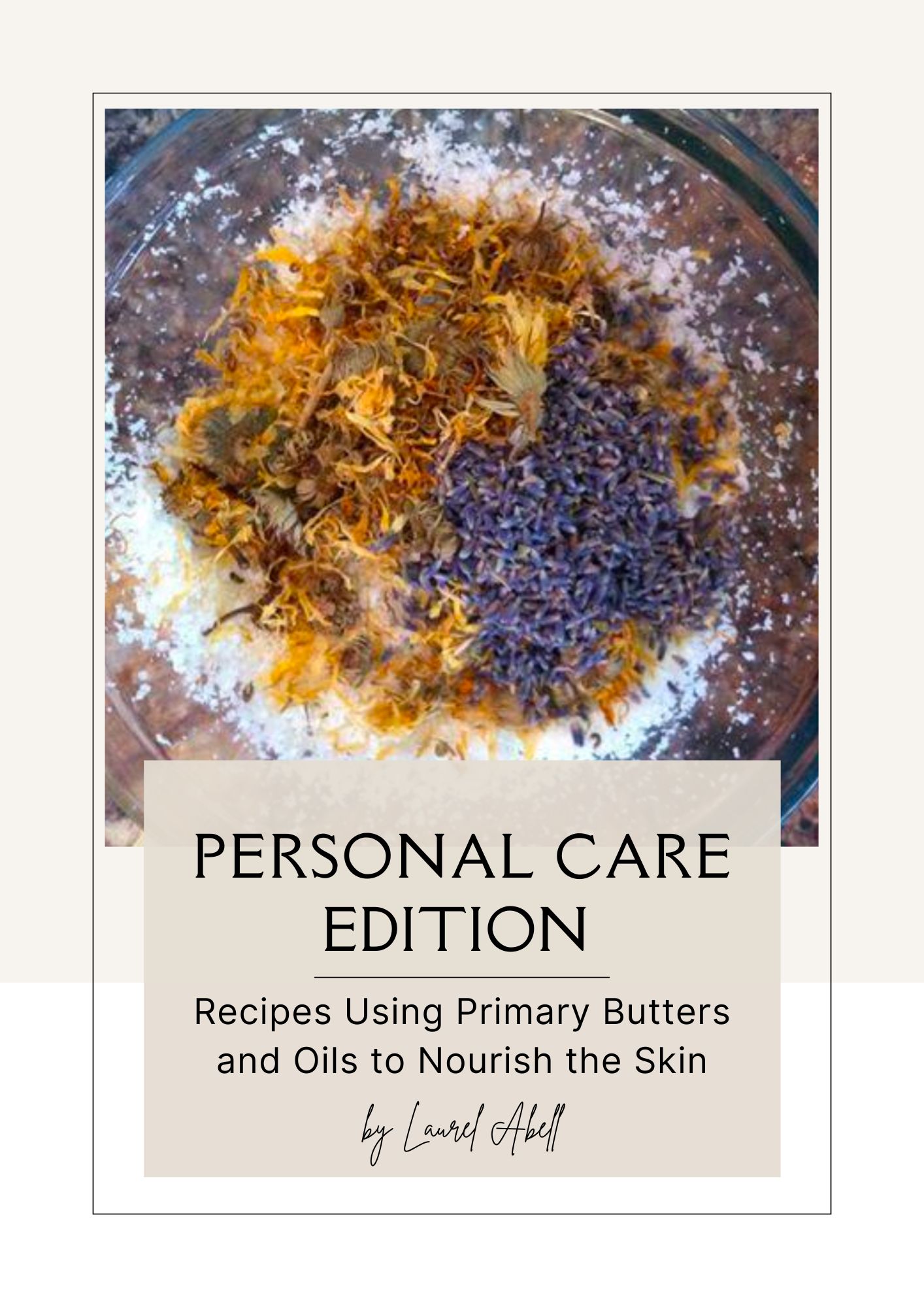
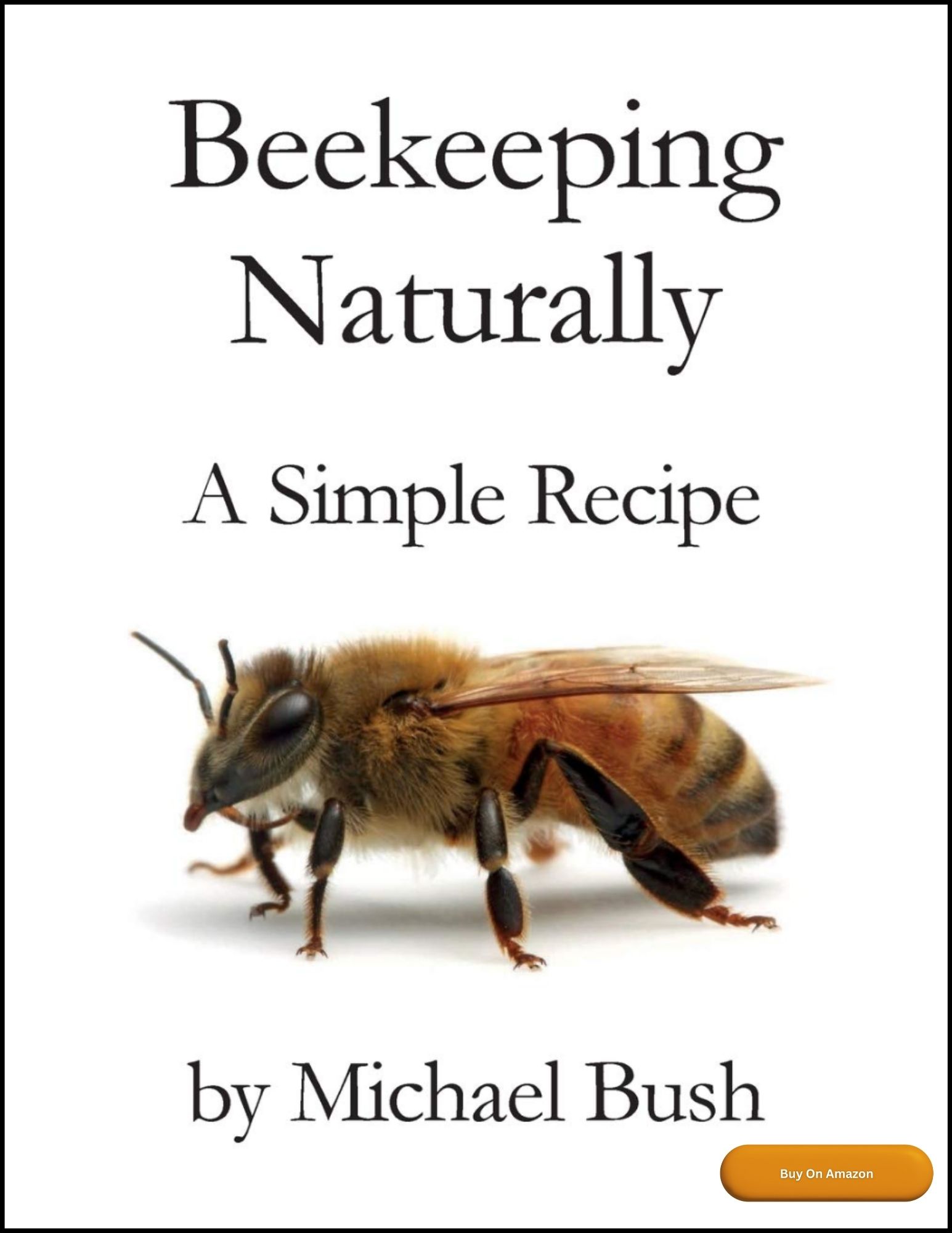
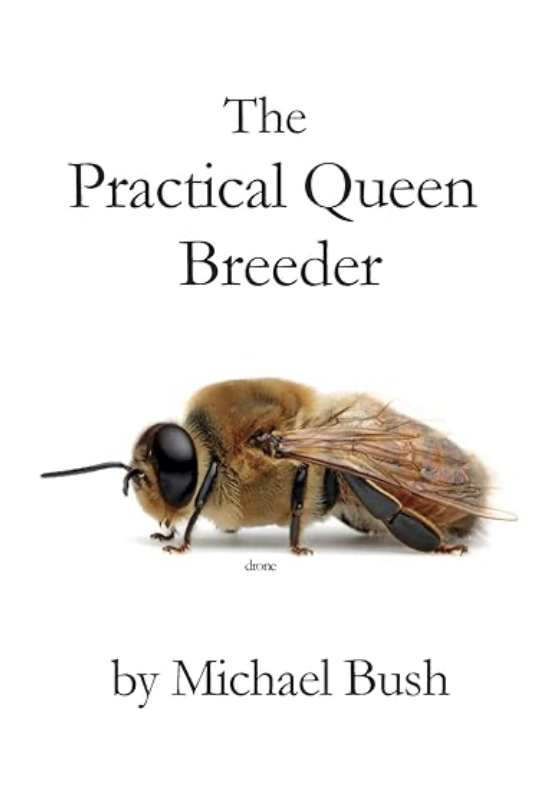
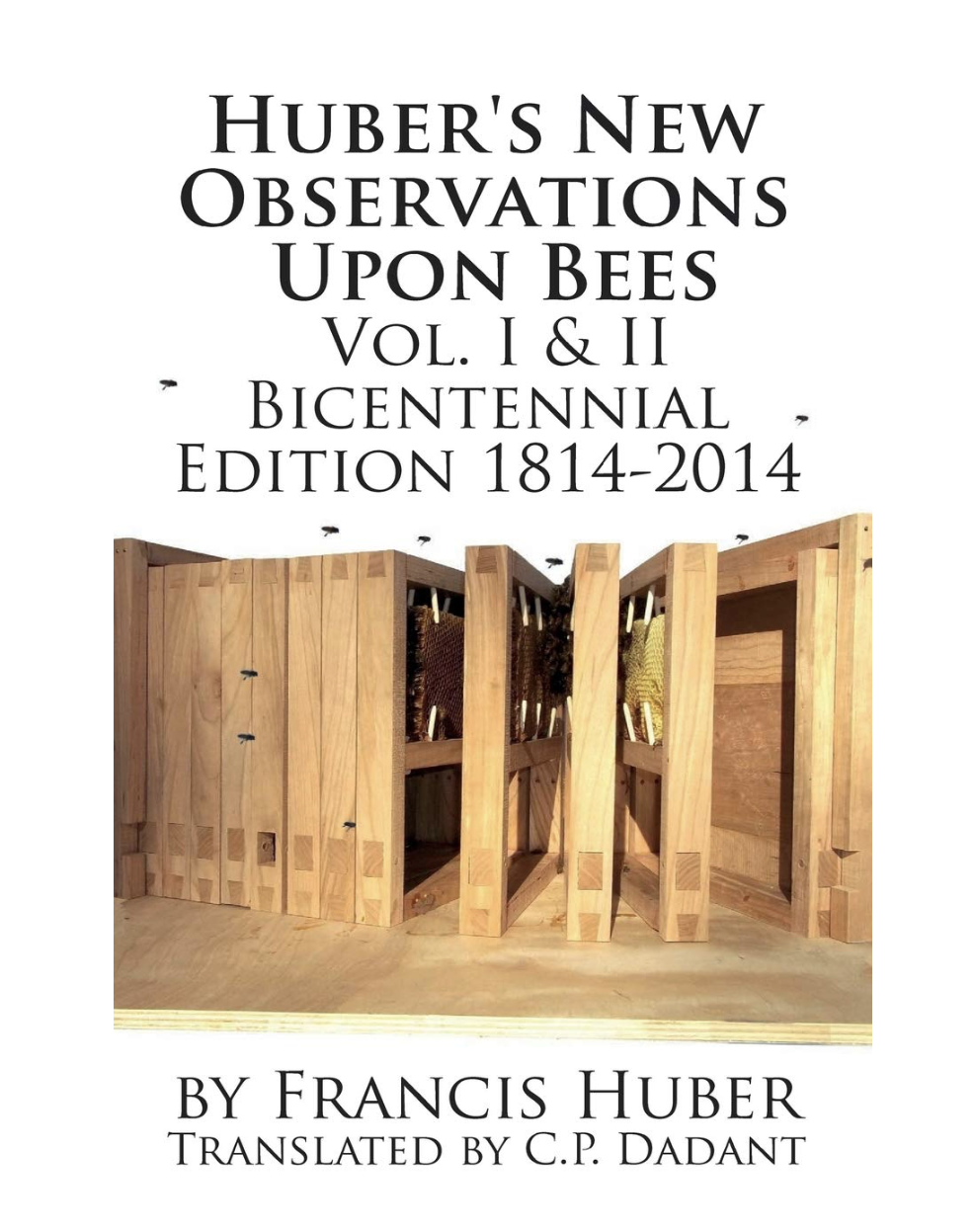
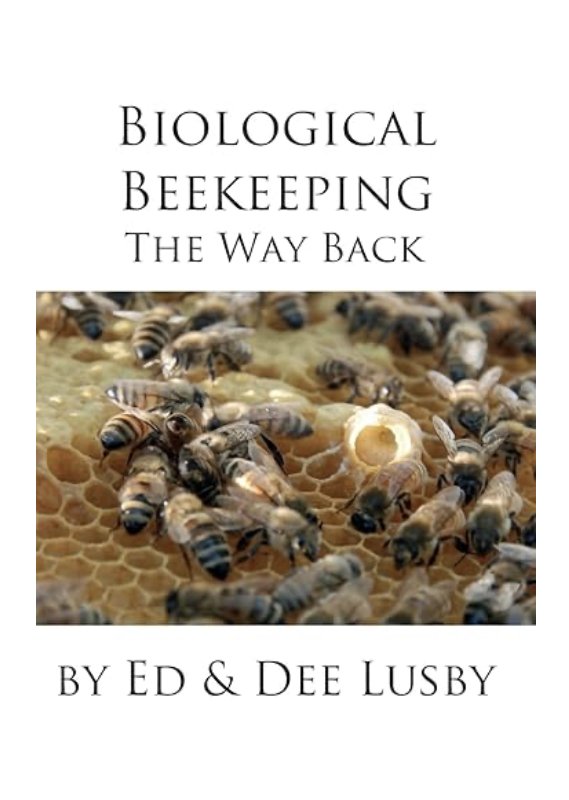

New! Comments
Have your say about what you just read! Leave me a comment in the box below.